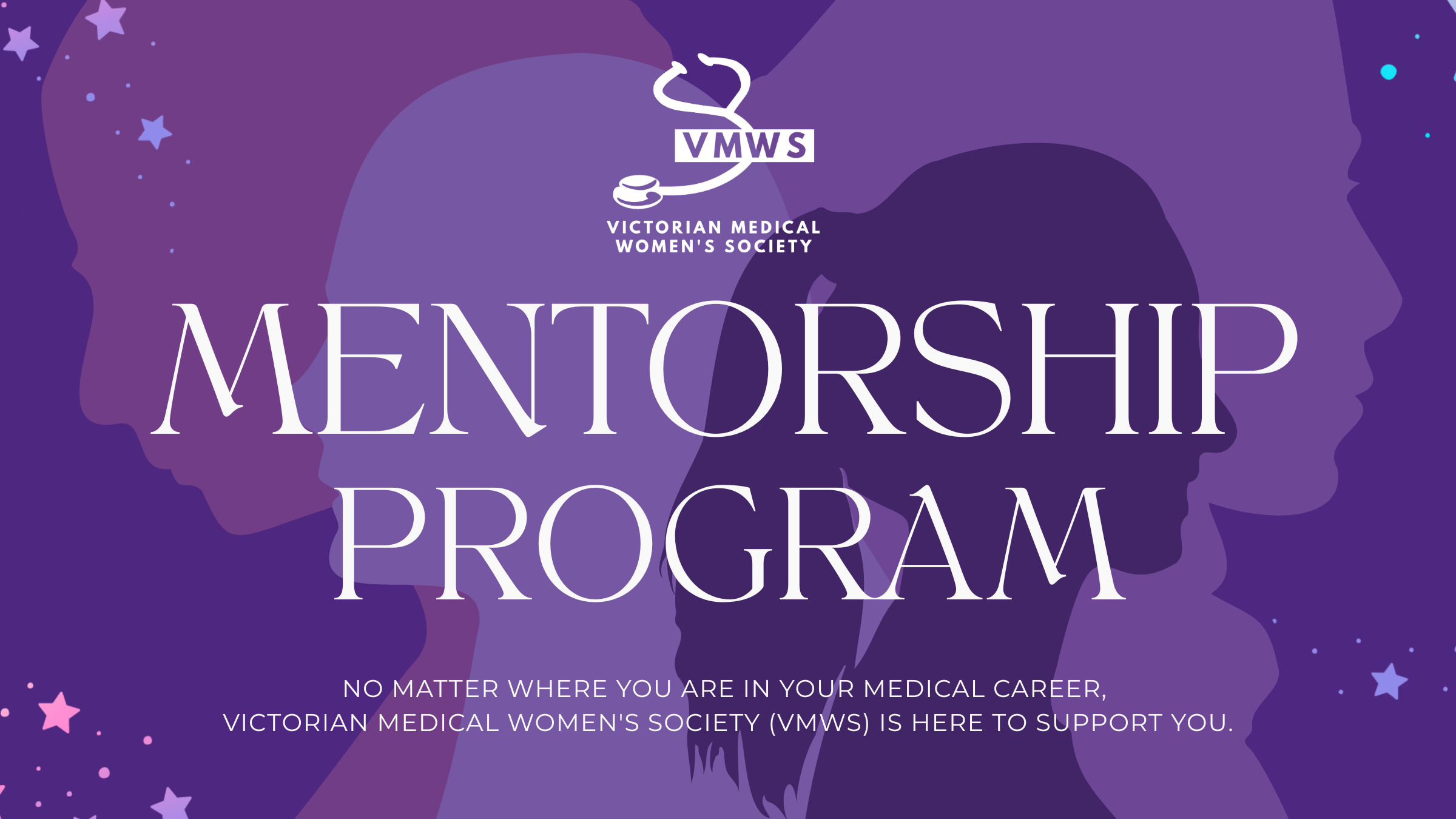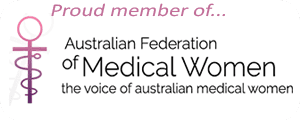In the health sector recognition of violence is often inadequate and responses when it is recognized poorly developed. This is in keeping with Australian data where up to three quarters of abused women seen in a primary care setting had not been asked about violence and had not disclosed because the doctor hadn’t asked (Mazza et al., 1996). One of the great difficulties with understanding the magnitude of violence and sexual abuse is the “private” nature as it occurs in the home (Astbury, 2002) and has remained unaccounted for years. It has been missed in medical education, training and in the medical research and knowledge. Violence and abuse are implicated in poor mental health, particularly depression and anxiety. Victims have greater health care utilization, more interventions, more surgery and more pain, recent research shows associations with chronic pain syndromes.
If we are going to further improve health, particularly for women we need to implement and moniter national action plans for the prevention of violence. Gender and social equality are important components of any intervention.
Astbury, J. 2002 Intimate partner violence finally a ‘legitimate’ public health issue. Australian and New Zealand Journal of Public Health, 26: 409-411.
Mazza, D., Dennerstein, L. and Ryan, V. 1996 Physical, sexual and emotional violence against women: a general practice-based prevalence study. Medical Journal of Australia, 164: 14-17.
Zwi, A., Krug, E., Mercy, J. and Dahlberg, L. 2002 World report on violence and health – exploring Australian responses. Australian and New Zealand Journal of Public Health, 26: 405-408.
– Dr Jan Coles







